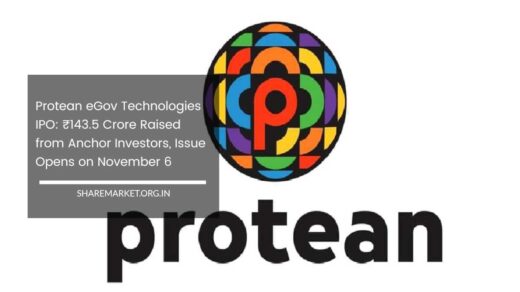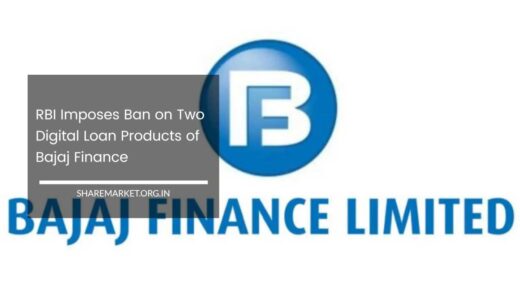Best Way to Save Tax Under 80C

Tax Savings Option: Public Provident Fund (PPF) and 5 Year Tax Saver Fixed Deposit schemes are very popular among salaried individuals to claim tax deduction under Section 80C of the Income Tax Act.
But there is a third option which is better than these two. This is VPF (Voluntary Provident Fund). This scheme offers better interest rate as compared to PPF and FD. Know further the complete details about it.
VPFR is Different From EPF
Salaried employees are entitled to Employees Provident Fund (EPF) benefits. This is an essential contribution for them.
However, VPF is different from EPF. VPF, as the name suggests, is a voluntary contribution facility available to salaried employees.
That is, if they want, they can make additional investments over and above the EPF contribution. If you don’t want then don’t.
How Different From PPF
The current interest rate under PPF is 7.1 per cent with a mandatory lock-in of 15 years. In VPF, the lock-in period is just 5 years and the current interest rate is 8.1 per cent. Means straight 1 percent profit.
What is the Rule of Tax
Interest earned on PPF deposits is tax-free, whereas in case of VPF, the interest on combined deposits of VPF + EPF is tax-free up to Rs 2.5 lakh.
Emergency evacuation is permitted at any time from the VPF. That is, money can be withdrawn at the time of need. However, in case of PPF, you can make emergency withdrawal only after 5 years.
Better Than Tax Saver FD
The interest rate offered by most banks on tax-saver FDs is around 6 per cent, with a mandatory lock-in of 5 years. In comparison, VPF is offering a very high rate of interest.
The interest of VPF is also higher than schemes like National Savings Certificate (NSC). The interest earned from tax saver FD is taxable as per the tax slab of the investors. Emergency withdrawal is also not allowed from tax saver FD.
Things That Need to be Noted
While VPF appears to be a better tax-saving investment option than PPF or a 5-year FD, you must note that the interest earned above a combined contribution of EPF + VPF above Rs 2.5 lakh will be taxed.
So, if your annual contribution will be less than Rs 2.5 lakh, you can prefer VPF over PPF and FD. You can contribute to VPF by writing to the HR representative in your company.
Also Know About GPF
GPF is also a provident fund option, but it is only for government employees. Government employees can deposit a fixed part of their salary in this as contribution.
The money deposited in this fund is also given at the time of retirement. Interest is also given on the deposited money.
At present, 7.1 percent interest rate is being offered by the government on GPF. Keep in mind that private sector employees are not eligible for GPF.

















